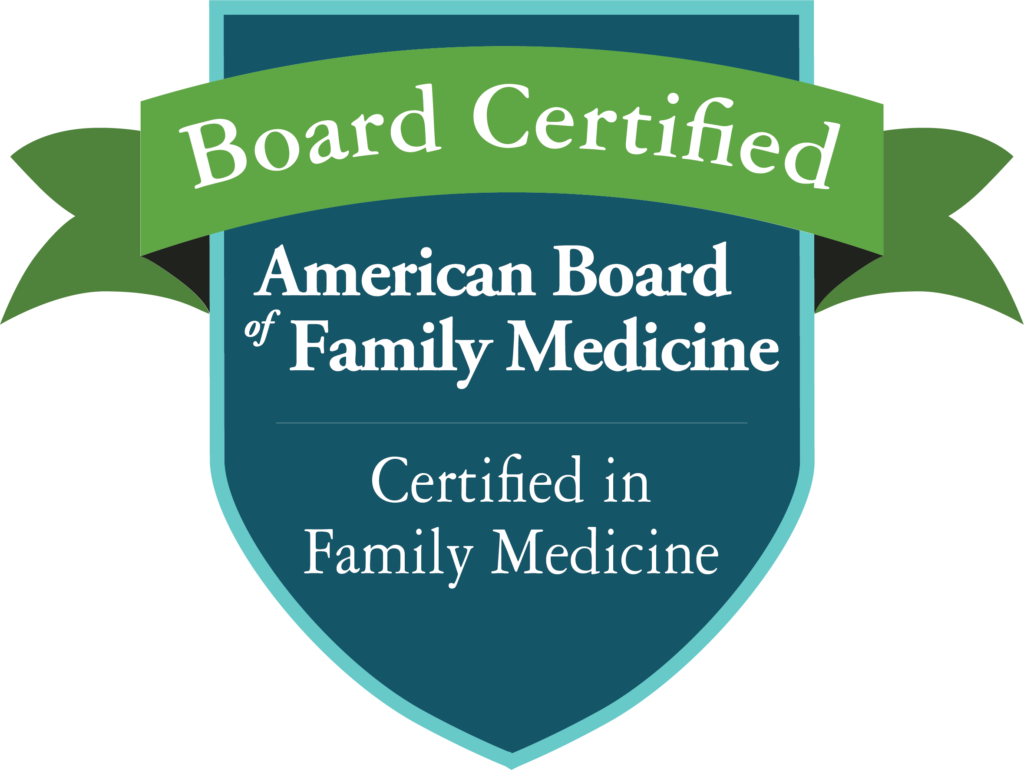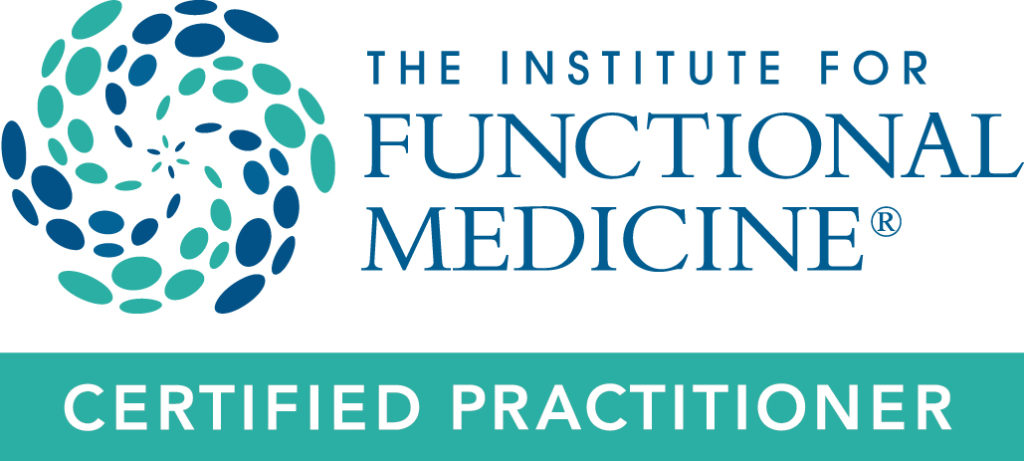An article was published recently announcing the results of an in vitro study (one done in a laboratory test tube) suggesting that vitamin C damaged cellular DNA, that genetic messenger of our cells. The report recommended caution in taking vitamin C as a supplement.
The clinical supplementation of vitamin C has a long history, starting in the 1795 when limes were rationed to sailors to prevent scurvy, the clinical condition characterized by weak blood vessels resulting in symptoms such as spongy gums and easy bruising that results from the deficiency of vitamin C. Dr. Linus Pauling, history’s only unshared winner of 2 Nobel Prizes, first promoted use of vitamin C to shorten the duration of a common cold. He also recognized the role of vitamin C in the prevention of cardiovascular disease and cancer, mostly through its ability to combat the effects of free radicals in our bodies. Free radicals are dangerous molecules that are the major causes of the “rusting” of our cells, leading to cellular dysfunction and ultimately death. Vitamin C is the major water-soluble extracellular anti-oxidant in our bodies. Vitamin C aids in the production of collagen, the main constituent of the connective fibers that cement our cells together. Collagen is found in virtually every tissue including blood vessels, mucus membranes, tendons, ligaments, bone, teeth, cartilage, etc.
The easy bleeding of scurvy is thought to be the first step in the development of some cases of fatty deposition in arteries, because the bad fat Lp(a) will act like a thumb in a dike and plug the microscopic holes in arteries caused by scurvy. You won’t bleed to death, but you may develop heart disease as a price to pay for ignoring the underlying cause (scurvy). Treatments for this situation include vitamin C to treat scurvy and N-acetyl cysteine to reduce Lp(a) levels. It is interesting that animals in the wild do not have heart disease, likely because they do not shop in grocery stores, but instead eat fresh living foods that provide them adequate amounts of vitamin C.
Vitamin C activates our immune system by causing a 50-fold increase in phagocytosis, the activity by which our white blood cells kill germs. Due to the lack of an enzyme, guinea pigs, gorillas, fruit bats, and humans are the only carnivorous members of the Animal Kingdom that have lost their ability to manufacture vitamin C internally. If your dog cut its paw and developed an infection, it would manufacture around 10,000 mg of vitamin C per day to fight the infection. Fido can, you can’t.
The recommended daily allowance (RDA) of vitamin C is currently 60 mg/day. This represents the minimum dose of vitamin C that will prevent scurvy, and has nothing to do with optimal health. Since needs for vitamin C increase greatly with stressors including infection, smoking, or chemical exposures, it is reasonable to assume that deficiencies can exist at doses much higher than 60 mg/day. I recommend taking vitamin C to bowel tolerance (the amount of vitamin C that an individual can take without causing diarrhea) which is usually from 500 to 8,000 mg per day in divided doses, and possibly more in times of stress or illness.
It is common for scientists and practitioners alike to find that results that occur in test tubes often do not occur in the real lives of people outside the laboratory. The test tube just isn’t a good model to approximate the wisdom and complexity of a human body. Vitamin C has in fact proven safe and effective during years of clinical use.














